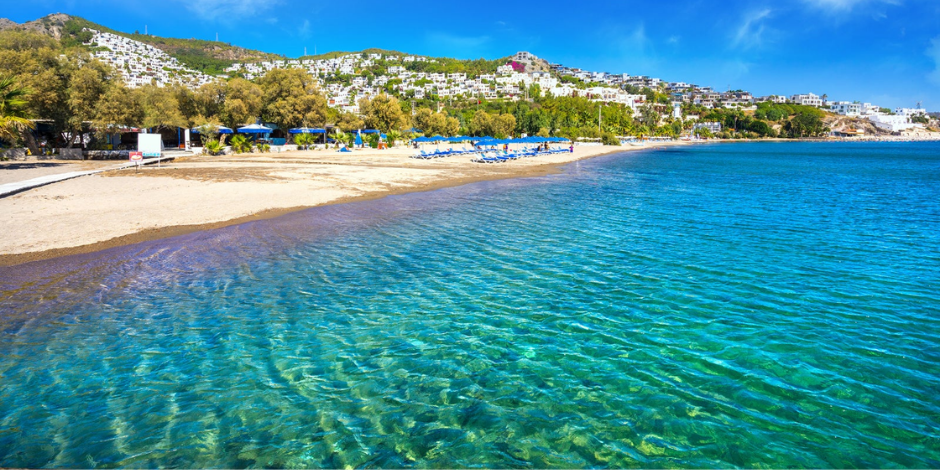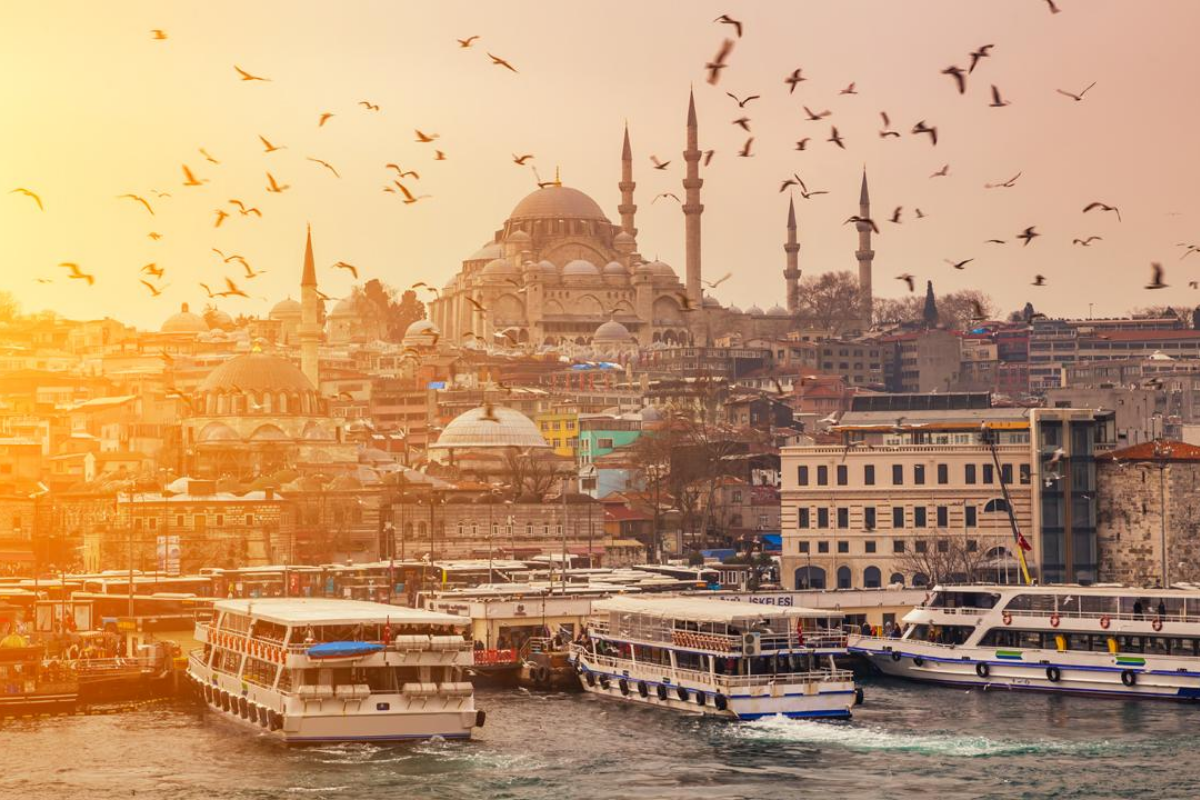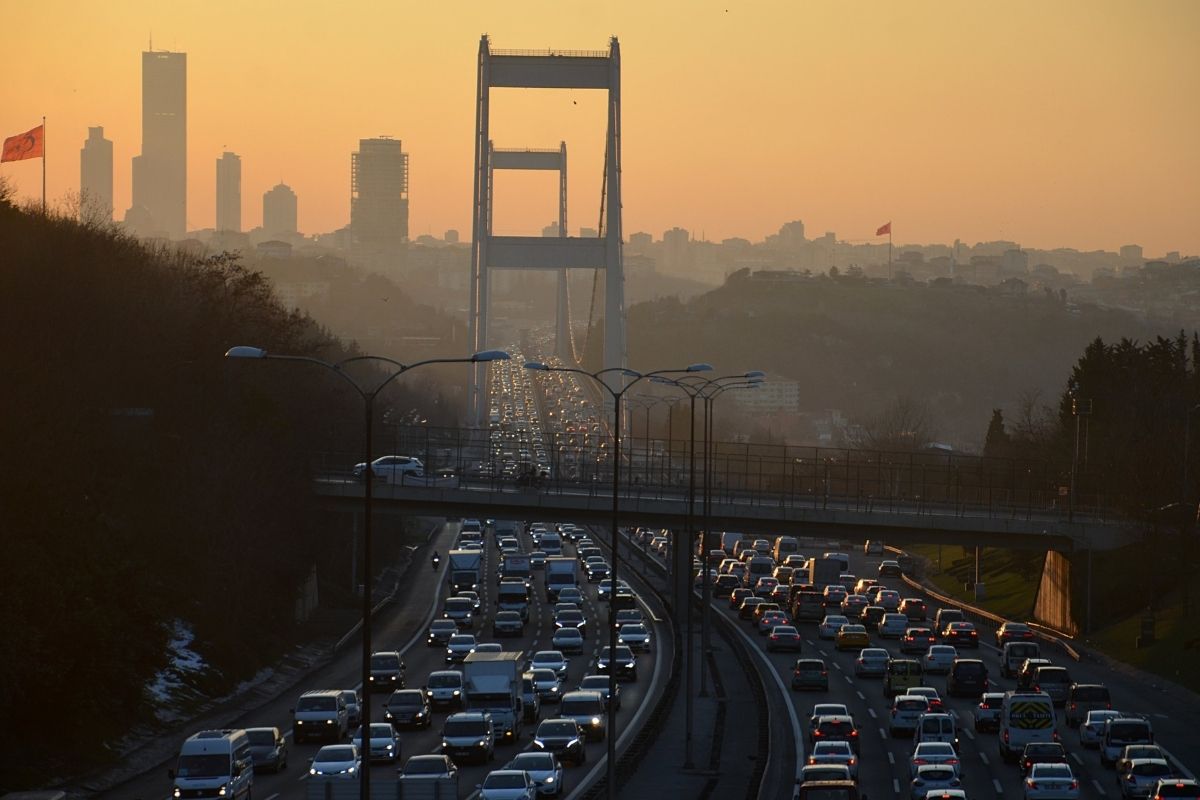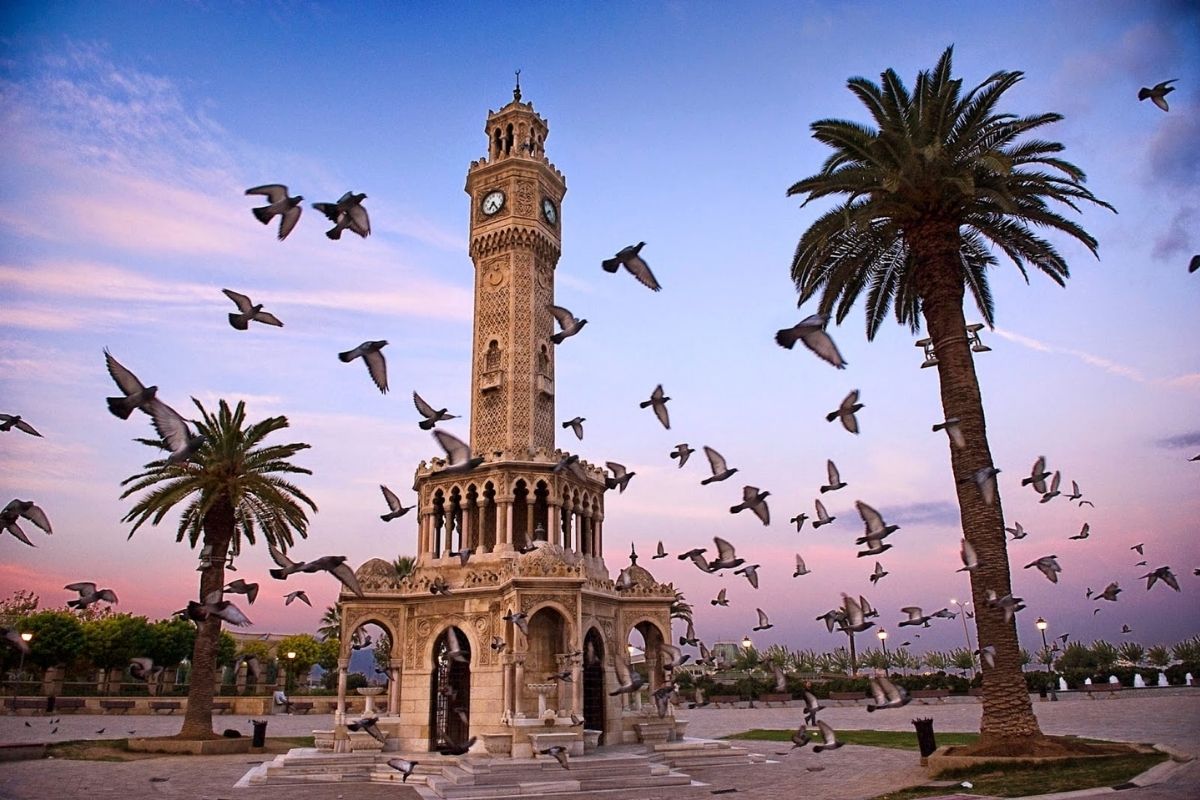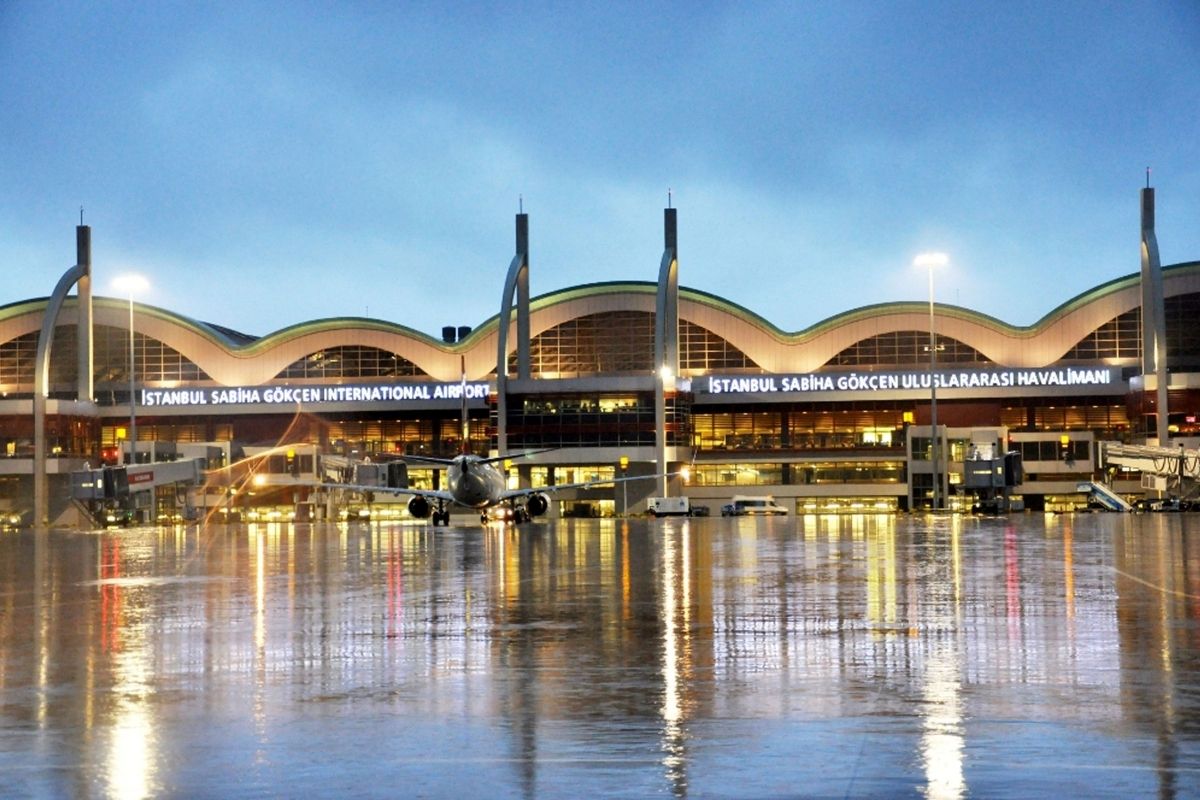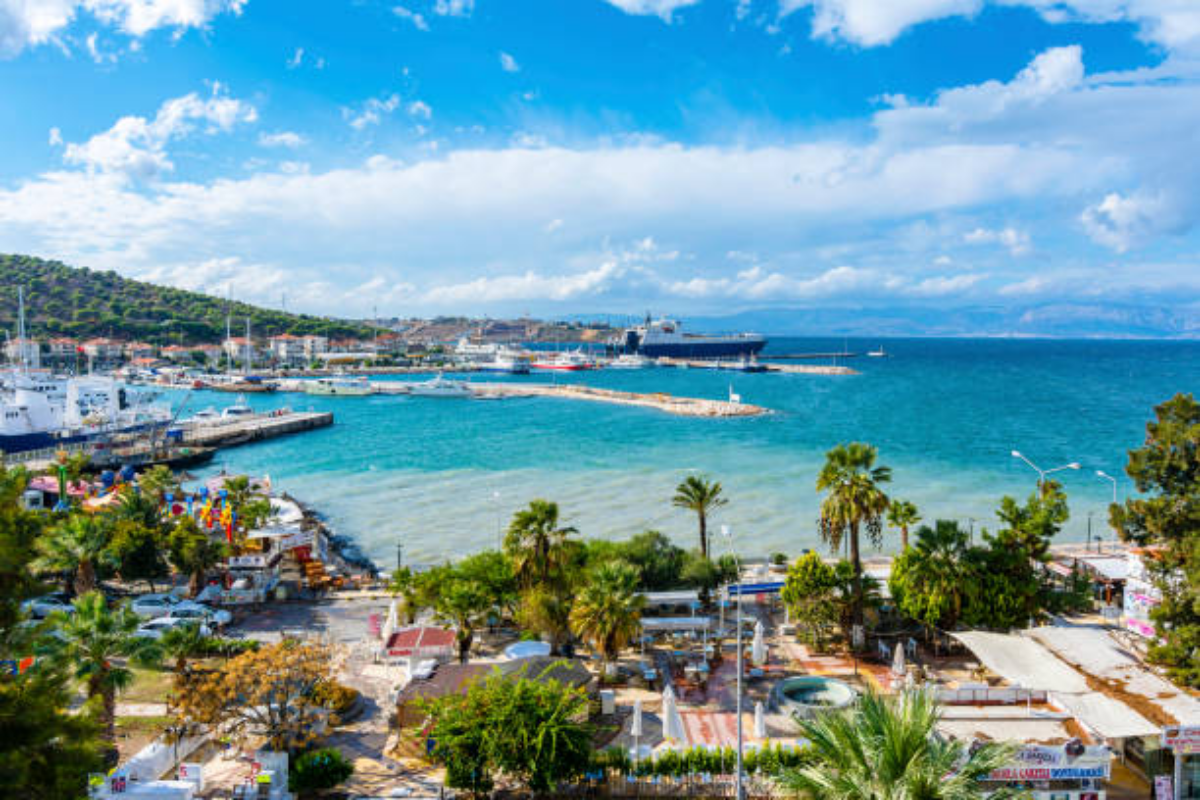What is a Slow City (Cittaslow)?

A Slow City, or "Cittaslow" in Italian, is an international movement that promotes a peaceful and high-quality way of life. This term is a shortened form of the Italian word "Cittaslow" and offers an alternative to the negative impacts of a fast-paced lifestyle. Slow Cities represent an approach based on preserving the local economy, cultural heritage, nature, and sustainability.
Origin and Concept
The idea of a Slow City was born in 1986 in the Chianti village of Greve in Chianti, Tuscany, Italy. Carlo Petrini, an Italian activist and writer, decided to take a stand against the rapidly growing fast food industry and international food chains, which threatened local food culture and traditional agriculture. This concept was first voiced during an event in Greve in Chianti in 1986, and the Slow City manifesto was introduced.
History and Emergence of the Movement
The Slow City movement initially began in Greve in Chianti, Italy, and later spread to towns and cities not only in Italy but also worldwide. The first official Slow City that embraced these principles was the city of Orvieto in Italy in 1999, focusing on food, natural resources, the local economy, and the preservation of cultural heritage. Since then, numerous towns and cities across the globe have joined the Slow City movement.
Significance of the Slow City Movement
The Slow City movement challenges the fast pace of modern life and consumer culture. It emphasizes the following:
Local Economy: Promotion of local production and products, support for small businesses, and revitalization of the local economy.
Sustainability: Environmentally friendly practices, waste reduction, and the preservation of natural resources.
Cultural Heritage: Preservation of traditional crafts, local traditions, and cultural heritage.
Food Culture: Encouragement of local cuisine and traditional farming, advocating for healthy eating and slow food habits.
Community and Quality of Life: A slower lifestyle, increased human interaction, and a sense of community.
The First Slow City in Turkey
The first Slow City in Turkey was established in the town of Akyaka in 2002. Akyaka, located in the province of Muğla, is known for its natural beauty, sustainable tourism, and local products. Akyaka's selection as a Slow City represents the beginning of the movement in Turkey.
Other Slow Cities in Turkey
Apart from Akyaka, several other towns and cities in Turkey have joined the Slow City movement, including Seferihisar, Gökçeada, Halfeti, Taraklı, Yenipazar, Yalvaç, Vize, and Göynük. These regions play a pioneering role in sustainable development, the preservation of local products, and the evaluation of cultural heritage.
Cittaslow continues to be embraced in numerous cities and towns worldwide, promoting the preservation of local culture, nature, and the quality of life. The movement encourages people to get closer to nature, savor life, and slow down, aiming to contribute to a more sustainable future.



